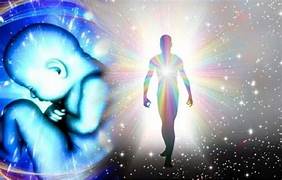Sam Parnia practices resuscitation medicine. In other words, he helps bring people back from the dead — and some return with stories. Their tales could help save lives, and even change scientific ideas about the nature of consciousness.

SAM PARNIA PRACTICES resuscitation medicine. In other words, he helps bring people back from the dead – and some return with stories. Their tales could help save lives, and even challenge traditional scientific ideas about the nature of consciousness.
“The evidence we have so far is that human consciousness does not become annihilated,” said Parnia, a doctor at Stony Brook University Hospital and director of the school’s resuscitation research program. “It continues for a few hours after death, albeit in a hibernated state we cannot see from the outside.”
Resuscitation medicine grew out of the mid-twentieth century discovery of CPR, the medical procedure by which hearts that have stopped beating are revived. Originally effective for a few minutes after cardiac arrest, advances in CPR have pushed that time to a half-hour or more.
New techniques promise to even further extend the boundary between life and death. At the same time, experiences reported by resuscitated people sometimes defy what’s thought to be possible. They claim to have seen and heard things, though activity in their brains appears to have stopped.
It sounds supernatural, and if their memories are accurate and their brains really have stopped, it’s neurologically inexplicable, at least with what’s now known. Parnia, leader of the Human Consciousness Project’s AWARE study, which documents after-death experiences in 25 hospitals across North America and Europe, is studying the phenomenon scientifically.
Read More – Consciousness After Death: Strange Tales From the Frontiers of Resuscitation Medicine


Leave a Reply